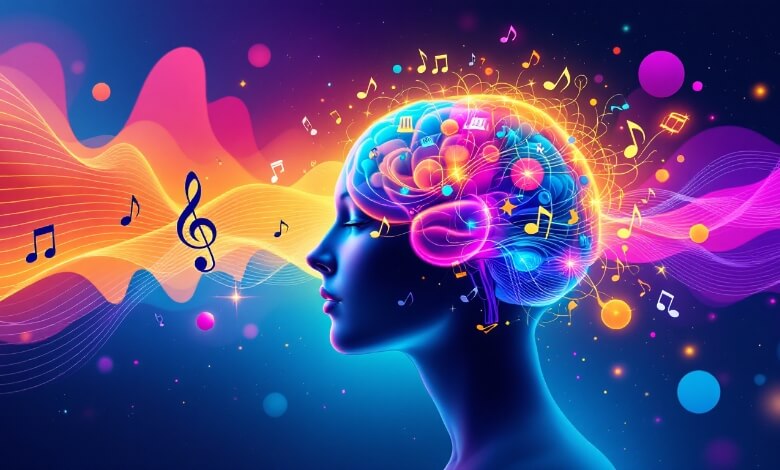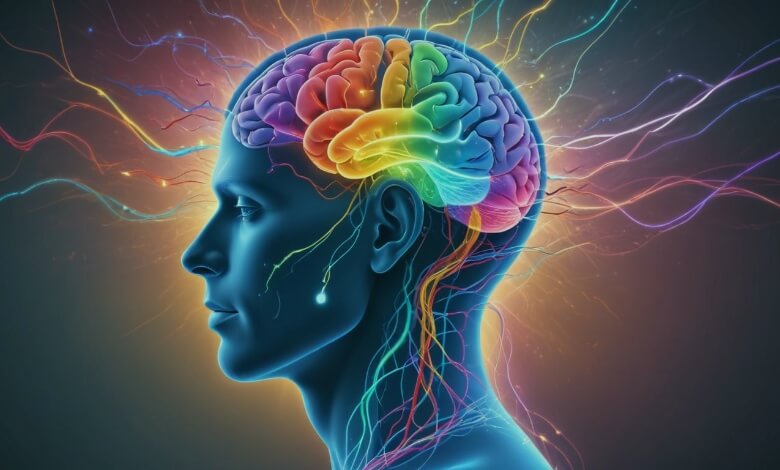Article index
Today I will tell you a story that tells the meeting between the voice and our emotions ...
 I have a three -month -old daughter who for a few weeks now began with exciting curiosity to explore her voice. If before it was evident (unequivocal even for a deaf ...) when it was sad or angry, now his vocalizations clearly express happiness, concern or fright and even disgust (we will not redo them smelling for coffee for a while ...). We understand pretty well how it is also being in another room: without the need to see her in the face , without her still able to say a word . It is the sound of his voice, through its variations of frequency, rhythm and stamp, that express all this (Scherer, 1982) the so -called non -verbal vocal channel .
I have a three -month -old daughter who for a few weeks now began with exciting curiosity to explore her voice. If before it was evident (unequivocal even for a deaf ...) when it was sad or angry, now his vocalizations clearly express happiness, concern or fright and even disgust (we will not redo them smelling for coffee for a while ...). We understand pretty well how it is also being in another room: without the need to see her in the face , without her still able to say a word . It is the sound of his voice, through its variations of frequency, rhythm and stamp, that express all this (Scherer, 1982) the so -called non -verbal vocal channel .
(Scherer, Banse et Eallbott, 2001; Elfenbein & Ambady, 2002) has been demonstrated . Thus these paralinguistic (non -verbal vocals, in fact) can convey this kind of information independently and parallel to the verbal code.
Not only that: he confirms the existence of a common, innate programming, at the basis of the vocal expression of emotions, despite the fact that Inter and Intra individuals that create one, all well known, variability (Belin, Zatorre et Ahad, 2002).
In this article I would like, dear reader, to offer you a peek on the complexity behind the study of a phenomenon that, to the most, appears to be completely obvious: of course that from the voice I can infer the emotions of my interlocutor! What if it wasn't so trivial? ...
Let's see if we can make an incursion in the charming kingdom of the methodology without making it too technical or boring.
Let's go in order: we all experience emotions, continuously; Right?
Well, so we all know what they are. Exact?
Ok: then give me a definition of emotion.
 Here is the first obstacle: to study how the voice expresses emotions I need everything to ask myself what a "emotion" is; If then this theoretical frame is also shared by all the researchers, it would be the best!
Here is the first obstacle: to study how the voice expresses emotions I need everything to ask myself what a "emotion" is; If then this theoretical frame is also shared by all the researchers, it would be the best!
Why?
Because different conceptions of emotions lead to different ways to build the experimental setting to study them, as well as to focus on the analysis on different aspects of the samples collected and different interpretations of the results.
But unfortunately it is not so smooth ...
Emotions have in fact been studied for some time and there are several theories that we can enclose under two main approaches: those that consider them discrete categories, innate and with a neurophysiological and motor (therefore expressive) base common to all (categorical approaches) and those that instead the They consider events with less defined boundaries, which vary along the continuum of specific dimensions (dimensional approaches). However, they seem to be agreed on one thing: the emotions trigger a series of simultaneous and parallel changes in at least 5 under distinct systems: the neuro physiological, the expressive one, the motorized one, the cognitive one and finally in the subjective experience we do (feeling or feeling felt).
Remember it, reader, for when you pass the next article on the topic.
The complications do not end here. The research in the vocal field is deeply interdisciplinary: in addition to elements of linguistics and psychology, for example, the anatomical and physiological mechanisms that contribute to the vocal production of emotions (medicine) and the most adequate analyzes to study the sound signal in order to study the most appropriate Extract frequency, intensity, profiles, stamp and much more (acoustic physics and computer science). This makes communication vocal a profoundly fascinating investigation, capable of bringing areas of study away from each other but also very complex to be caught in its entirety. The study of the item requires adequate technology, still evolving.
Finally arises the problem of experimental setting: how do I have champions of authentic "vocal emotions" Collecting "ecological" samples outside a laboratory is extremely complex (what do I do, I leave you a microphone with audio recorder attached all day? And who tells me what emotions you were feeling and with what intensity?)
hardly repeatable in a standardized way (if one frightens because he bangs a window or has a panic attack by train can I consider the two equivalent emotions?)
In addition to not guaranteeing a sufficiently high acoustic quality (if I register other sounds in addition to the item, when I analyze the signal how do I clean the track?)
On the other hand, giving education to actors to recite the same sentence by expressing specific and different emotions (as it has been done most often) can be extremely artificial ... and eleciting some emotions in the laboratory can present ethical problems (think if you have to scare A lot a person or induce them a state of despair).
What to do? Floating in the middle, looking, with creativity and rigor, experimental semi-ecological conditions: built in the laboratory, so that they are controllable and repeatable, but so that it solicits as much natural emotions.
For this reason, narrative stimuli, now audiovisual stimuli, now video games, now even musical listenings, are now asked to recall past events or to identify with hypothetical events, in the most daring and complex cases even the participants are involved, completely unaware, in real staging where collaborators of the experimenter interact according to scripts previously agreed in order to arouse specific emotions.
So, curious reader, is it so simple to enter into the merits of this intricate union between voice and emotion? Remember it when, in the next article, we will enter into the merits of the results of the research in this area: that they may be the amazement and the ability to not take anything for granted to guide your gaze.
Bibliography
Scherer Kr, (1982). The Assessment of Vocal Expression in Infants and Children. In ce izard ed. "Measuring Emotions in Infants and Children" Cambridge University Press
Scherer Kr, Banse R, Wallbott Hg (2001). Emotion Inferencs from Vocal Express Related Across Languages and Cultures. Journal of Cross-Cultural Psychology 32 (1)
Elfenbein has & Ambody n, (2002) On the Universality and Cultural Specificity of Emotion Recognition: A Meta-Aalysis. Psychological Bulletin 128 (2)
Belin P, Zatorre RJ, Ahad P (2002). Human Tenporal Lobe Response to Vocal Sounds. Cognitive Brain Research 13 (1)
[Divider Style = "Solid" Top = "20 ″ Bottom =" 20 ″]
Download the exclusive dispensation for SIING PLUS subscribers
Log in to the exclusive SIING PLUS material
Or support us
Plus
Newsletter Siing Plus
Facebook private group
Private telegram
Private group WhatsApp
20%
discounts on all products and events organized by
Siing Production and Solos MediaAccess to all articles of the 7 platform planets
Access to all video courses, handouts, tutorials
4 numbers of the online magazine Siing Magazine 2025
Plus
Newsletter Siing Plus
Facebook private group
Private telegram
Private group WhatsApp
20%
discounts on all products and events organized by
Siing Production and Solos MediaAccess to all articles of the 7 platform planets
Access to all video courses, handouts, tutorials







